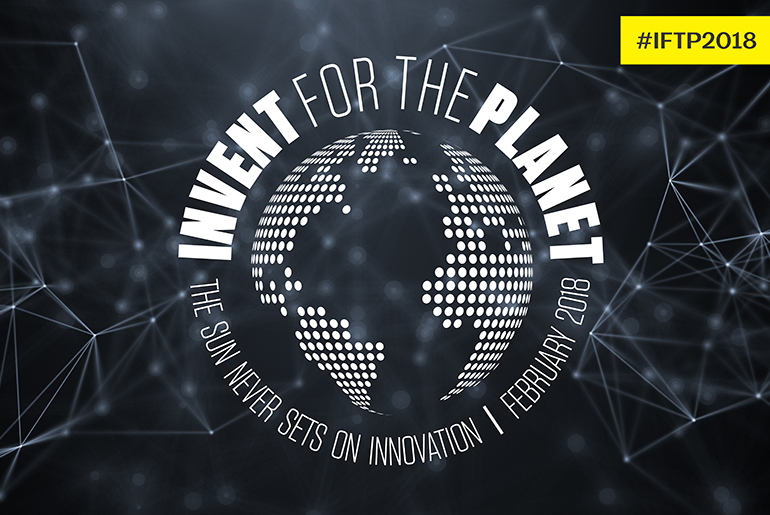
If you had a chance to make a difference in the world, would you create an environment for children in developing countries to continue learning once the sun has gone down, design a tool to decrease the massive amount of food that is wasted, or develop an identification system for migrant workers to help them access jobs and secure finances?
Those questions and others may be answered as the Engineering Entrepreneurship Program at Texas A&M University is hosting the first Invent for the Planet — a 48-hour global design challenge that aims to solve some of the world’s most pressing problems. From Cambodia to New Mexico, 14 universities around the world are joining the challenge to invent for our planet.
The event kicks off in Cambodia at 4 p.m. local time (3 a.m. Central time) Feb. 16. As the Earth continues to rotate, other universities will join the challenge.
“Invent for the Planet will give engineering students around the world the ability to collaborate together to solve problems and experience what it’s like to be an engineer in our global society,” said Rodney Boehm, director of the Engineering Entrepreneurship Program.
Adds M. Katherine Banks, Texas A&M engineering vice chancellor and dean, “Texas A&M is addressing the most challenging problems facing our world by encouraging the brightest young minds to develop innovative solutions. From flood water management for Rebuild Texas to biomedical devices that help children in Cambodia access health care, the sun never sets on innovation and this is a wonderful example of engineers changing the world.”
Microsoft is providing a collaborative platform for teams to communicate with each other. For example, if a team in Boise, Idaho, is working on a challenge that might affect citizens of Thailand, team members can ask specific questions of Mahidol University students in Bangkok by video chatting or messaging. VentureWell and Autodesk also have joined Invent for the Planet to provide support.
At each location, teams are formed based on a shared interest in one of the available need statements. Over the following two days, the teams research the topic, come up with a plan and build a simple prototype. At the end of the final day, each team presents its prototype to a panel of judges. Presentations include a video about the team’s innovation.
At each site, three teams are selected for first, second and third-place prizes. The first-place teams from each university will have about a week to perfect their pitches before submitting new videos that will be judged remotely for a chance to be named the overall winner.
Participating universities include the Institute of Technology of Cambodia, Phnom Penh, Cambodia; Mahidol University, Bangkok, Thailand; The University of Technology at Yadanabon Cyber City, Myanmar; Texas A&M University at Qatar, Doha, Qatar; Technical University of Cluj-Napoca, Cluj-Napoca, Romania; Arab Academy for Science, Technology and Maritime Transport, Alexandria, Egypt; Universidad Politecnica de Yucatan, Merida, Yucatan, Mexico; Swansea University, Swansea, Wales; State University of Pernambuco, Recife, Pernambuco, Brazil; Wichita State, Wichita University, Kansas; Arizona State University, Phoenix, Arizona; Boise State University, Boise, Idaho; New Mexico State University, Las Cruces, New Mexico.
